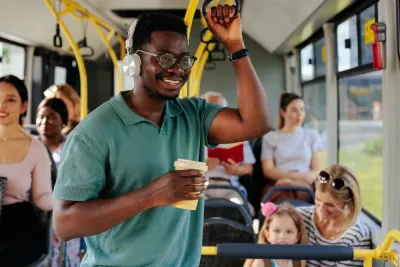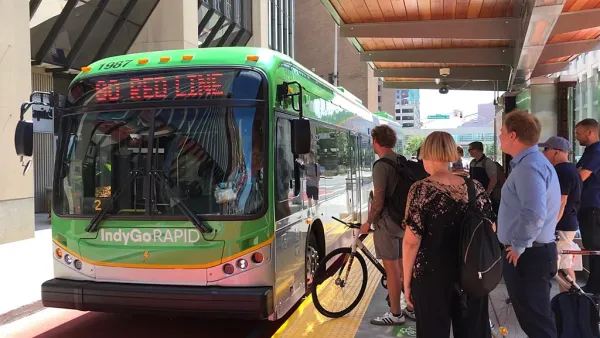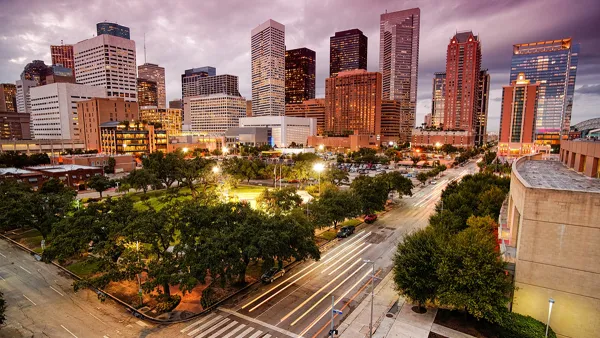The solution to making public transit better doesn’t lie in technological innovations or hyper-modern trains, but in investing in one of its simplest tools.

Writing in The Conversation, Nicholas Dagen Bloom sings the praises of the city bus. Unlike more high-tech transit solutions, Dagen Bloom argues that buses are, in fact, “the future of public transit.” Unlike autonomous vehicles or costly tunnels, buses offer an immediate, affordable, and effective way to improve transit access and serve more riders.
While global cities invested heavily in buses in the early part of the 20th century, the United States took a different path, investing instead in the sprawling national highway system as more Americans gained access to car ownership. “Between 1945 and 1960, U.S. transit companies and agencies typically lost half or more of their riders as white Americans moved to urban fringes or suburbs and became car commuters.”
For Dagen Bloom, “buses are the most likely option for substantially expanding public transit ridership in the U.S. Millions of Americans need affordable public mobility for work, study, recreation and shopping,” pointing to the high cost of car ownership, which can be a significant burden on low-income households. Dagen Bloom highlights examples of U.S. cities that have made improvements to their bus systems in recent decades including Indianapolis, where a fairly extensive bus rapid transit system is taking shape. Dagen Bloom believes buses can be affordable and effective, but only if governments recognize their value and invest in their bus systems.
FULL STORY: Why the humble city bus is the key to improving US public transit

National Parks Layoffs Will Cause Communities to Lose Billions
Thousands of essential park workers were laid off this week, just before the busy spring break season.

Retro-silient?: America’s First “Eco-burb,” The Woodlands Turns 50
A master-planned community north of Houston offers lessons on green infrastructure and resilient design, but falls short of its founder’s lofty affordability and walkability goals.

Delivering for America Plan Will Downgrade Mail Service in at Least 49.5 Percent of Zip Codes
Republican and Democrat lawmakers criticize the plan for its disproportionate negative impact on rural communities.

Test News Post 1
This is a summary

Test News Headline 46
Test for the image on the front page.

Balancing Bombs and Butterflies: How the National Guard Protects a Rare Species
The National Guard at Fort Indiantown Gap uses GIS technology and land management strategies to balance military training with conservation efforts, ensuring the survival of the rare eastern regal fritillary butterfly.
Urban Design for Planners 1: Software Tools
This six-course series explores essential urban design concepts using open source software and equips planners with the tools they need to participate fully in the urban design process.
Planning for Universal Design
Learn the tools for implementing Universal Design in planning regulations.
EMC Planning Group, Inc.
Planetizen
Planetizen
Mpact (formerly Rail~Volution)
Great Falls Development Authority, Inc.
HUDs Office of Policy Development and Research
NYU Wagner Graduate School of Public Service





























